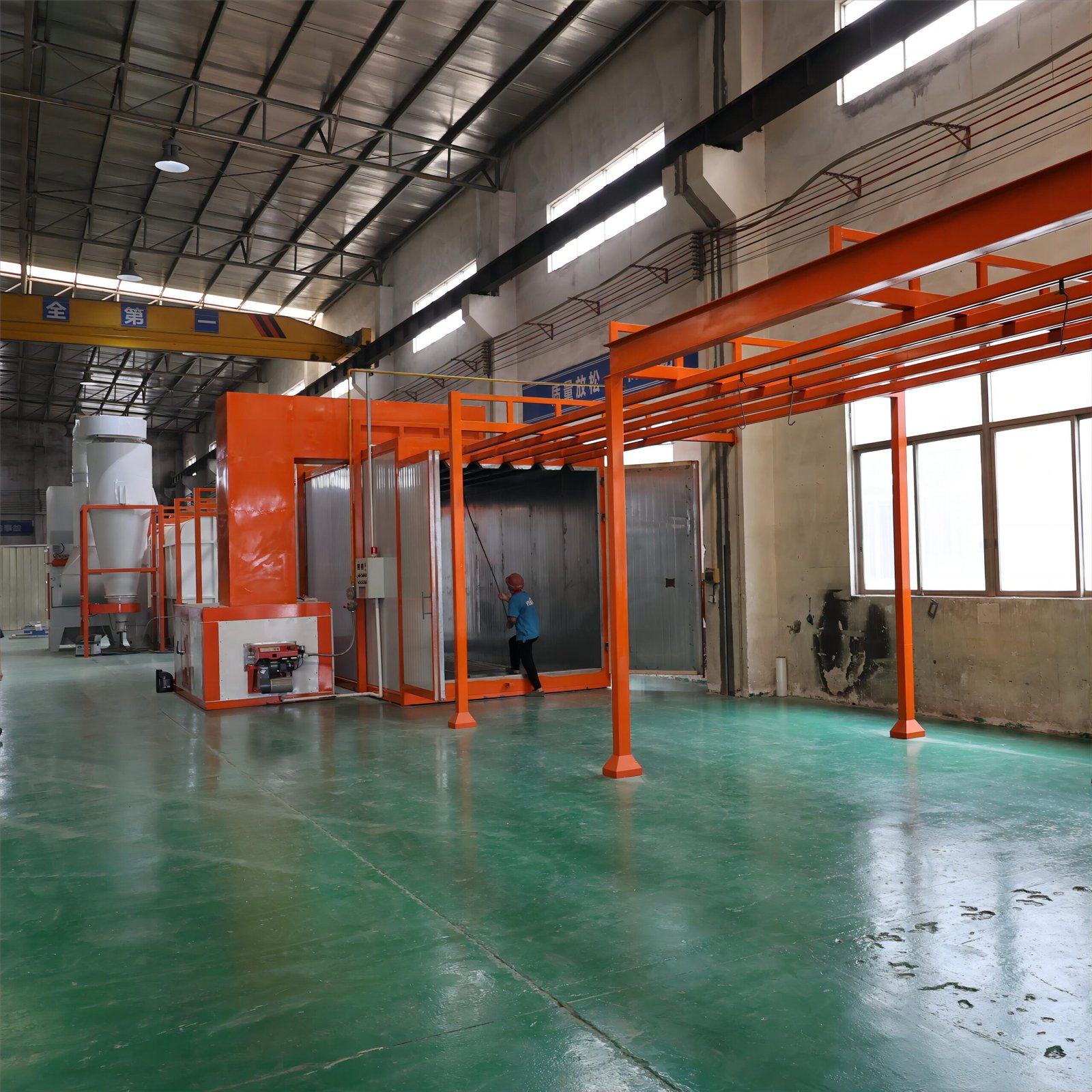How Is Operator Safety Ensured in Spray Coating Equipment?

Spray coating operations can be dangerous—especially when workers are exposed to fumes, chemicals, and pressurized equipment every day.
So how do we keep people safe while maintaining production?
Operator safety in spray coating equipment relies on PPE, ventilation, equipment inspection, training, emergency planning, ergonomic design, and regulatory compliance. These layers of protection work together to reduce risks.
Let’s look closer at each safety component—and how it helps protect operators on the job.
What role does Personal Protective Equipment (PPE) play?

Spray booths can fill with vapors in seconds.
Operators must be shielded before they even pull the trigger.
PPE is the first and most visible layer of defense in any spray coating environment. It protects eyes, lungs, skin, and clothing from airborne and chemical hazards.
Essential PPE for spray coating includes:
| Equipment | Protection Type | Example Material |
|---|---|---|
| Respirators | Inhalation of fumes & particles | Half-mask or full-face |
| Gloves | Chemical exposure to hands | Nitrile or neoprene |
| Goggles or visors | Eye protection from splashes | Polycarbonate lenses |
| Protective suits | Full-body skin protection | Tyvek, chemical-rated |
| Steel-toe boots | Foot protection from spills | Oil- and slip-resistant |
Proper PPE use means selecting the right gear, wearing it correctly, and replacing it when worn or contaminated.
Why are ventilation systems so important?
Even with PPE, you can’t breathe clean air if your booth is filled with vapor.
Ventilation keeps air moving—and harmful fumes out.
Spray coating booths require both local exhaust and general dilution ventilation to prevent airborne contaminants from reaching dangerous levels.
Two key types of spray booth ventilation:
- Local exhaust ventilation (LEV): Captures fumes at the spray source using hoods and ductwork
- General ventilation: Brings in clean air to dilute and displace contaminants
Maintaining good airflow prevents buildup of volatile organic compounds (VOCs) and ensures compliance with safety standards.
How does training ensure operator safety?
Spray coating isn’t plug-and-play.
Every operator needs to know the risks—and how to control them.
Safety training teaches operators how to use equipment correctly, handle chemicals safely, and respond to emergencies without delay.
Key topics in operator training include:
- Proper donning/doffing of PPE
- Safe spray gun handling
- Fire prevention and evacuation
- Hazard recognition and incident reporting
- Reading and understanding Safety Data Sheets (SDS)
Many industries require certification (such as OSHA training in the U.S.) to prove operators have been properly trained.
How does regular equipment inspection help?
Even the safest operator can’t prevent a hazard caused by broken gear.
That’s where regular inspection steps in.
Routine inspections help identify leaks, wear, or malfunctions before they cause harm. This reduces the risk of accidents, fires, or toxic exposure.
Common safety inspection items include:
| Item | What to Check |
|---|---|
| Hoses and fittings | Cracks, leaks, pressure stability |
| Spray nozzles | Clogs or improper spray pattern |
| Electrical systems | Loose wires or faulty grounding |
| Emergency shutoffs | Functional triggers and response time |
| PPE gear | Damage, seal integrity, clean filters |
Inspections should be logged, reviewed, and acted on regularly—not just during audits or after accidents.
What safety steps are taken with chemicals?
Spray coating relies on chemicals that can be flammable, corrosive, or toxic.
Safe handling and storage are non-negotiable.
Operators must know how to read labels, prevent spills, separate incompatible materials, and store chemicals in ventilated, locked locations.
Best practices for chemical safety:
- Use secondary containers with clear labels
- Segregate flammables from oxidizers
- Keep spill kits nearby and train staff to use them
- Store in fireproof cabinets with ventilation
- Always follow guidance on the Safety Data Sheets (SDS)
Each workplace should designate trained chemical handlers and emergency response leaders.
How are emergencies prepared for?
Accidents happen—even in the safest booths.
The difference is how prepared you are.
Emergency preparedness includes having fire systems, spill kits, evacuation drills, and accessible first aid on-site at all times.
Typical emergency systems include:
- Fire suppression: Spray booths often require automatic extinguishers
- Eye wash stations: Located near coating areas
- First aid kits: Stocked and visible
- Exit signage and drills: All staff must know the evacuation plan
Quick response saves lives and limits damage.
What else improves operator safety?
Human operators are limited—so many companies use automation to reduce risk.
Automation, ergonomics, and environmental monitoring reduce exposure time, prevent physical strain, and detect invisible dangers.
Enhancements include:
- Robotics: Reduce direct exposure to chemicals
- Ergonomic spray gun design: Prevent strain and injury
- Gas detectors: Alert teams to leaks of flammable or toxic gases
- Sound insulation: Protect hearing in loud spray environments
Smart design is as important as smart behavior.
Conclusion
Spray coating is safer than ever—but only when every piece of the safety puzzle fits.
With the right PPE, training, systems, and habits, operators can do their job confidently and come home healthy every day.
